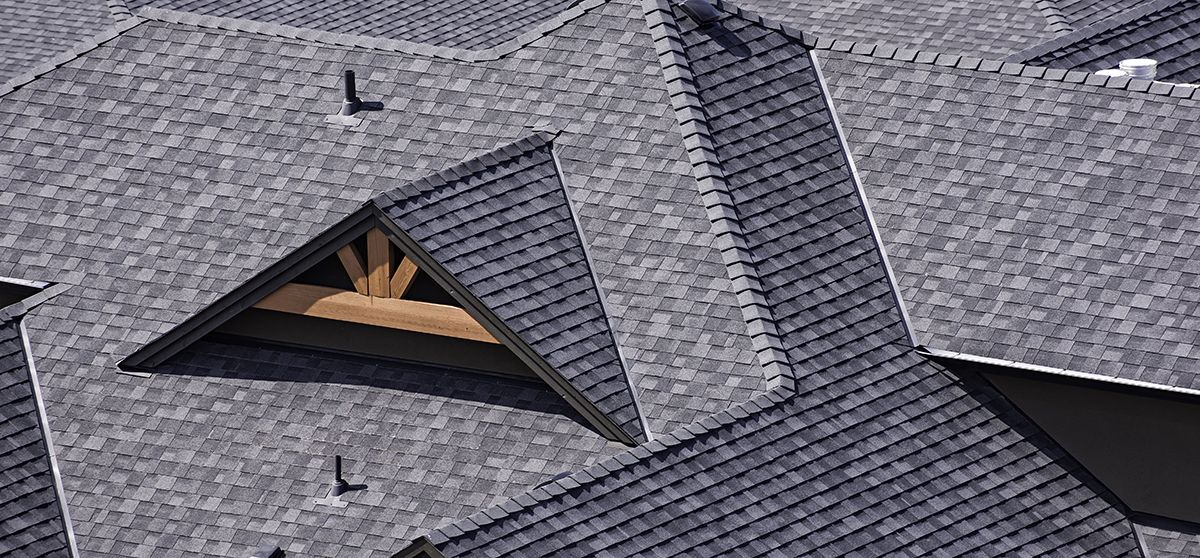Your roof plays a critical role in the safety, efficiency, and overall value of your home or commercial property. It shields your structure from weather, supports insulation, and contributes significantly to curb appeal. When it’s time for repair, replacement, or a new installation, selecting the right expert becomes crucial. This is where the role of a Roofing Contractor comes into sharp focus.
Hiring the right professional can mean the difference between a stress-free experience and years of unexpected issues. This article explores what roofing contractors do, how to evaluate them, the types of roofing services available, and why working with the right expert matters for the longevity of your investment.
Understanding the Role of a Roofing Expert
A roofing contractor is a specialized professional responsible for installing, repairing, and maintaining roofs on residential and commercial buildings. Their work requires not only technical knowledge but also physical endurance, a sharp eye for detail, and familiarity with building codes and materials.
Contractors typically offer a range of services, including:
- Full roof installations for new constructions
- Roof replacements due to age or damage
- Repairs from storm damage, leaks, or wear
- Roof inspections and maintenance
- Assistance with insurance claims
These professionals often work with different types of materials such as asphalt shingles, metal, clay tiles, slate, and synthetic roofing systems, tailoring their services to suit the specific structure and climate needs of each client.
Types of Roofing Systems and Their Benefits
Before hiring a contractor, it’s helpful to understand the various roofing systems available. Your choice will influence both the scope of work and the kind of expertise required.
1. Asphalt Shingles
The most commonly used roofing material in residential construction, asphalt shingles are popular for their affordability and ease of installation. They come in various colors and styles and offer a decent lifespan of 15–30 years.
2. Metal Roofing
Metal roofing systems are gaining popularity due to their durability and energy efficiency. They reflect sunlight, resist extreme weather, and can last 40–70 years with proper maintenance. Though initially more expensive, they often prove cost-effective in the long run.
3. Clay and Concrete Tiles
Known for their distinctive look and resilience, clay tiles can last over 50 years. They’re fire-resistant and energy-efficient but are heavier, requiring a reinforced structure and skilled installation.
4. Slate Roofing
Slate is a high-end option offering natural beauty and incredible longevity—often lasting 100 years or more. It’s a heavy material and requires a contractor with specific expertise for proper handling and installation.
5. Synthetic Roofing
Composite shingles and synthetic tiles mimic the look of natural materials while offering benefits like reduced weight and increased flexibility. They’re often more affordable than their natural counterparts and require less intensive installation.
Key Qualities to Look for in a Professional
Choosing the right Roofing Contractor is not a task to take lightly. With such a critical role in protecting your property, you’ll want a contractor who is skilled, reliable, and professional.
Here are essential qualities to consider:
1. Licensing and Insurance
A reputable contractor should be fully licensed to operate in their field and carry both liability insurance and workers’ compensation. These credentials protect you from legal or financial liabilities if something goes wrong on the job.
2. Experience and Specialization
Look for a contractor with a proven track record and experience with the specific type of roofing material you plan to use. Different roofing systems require unique installation techniques, and specialized knowledge can prevent costly mistakes.
3. References and Reviews
Reputation matters. Ask for references and read online reviews to gauge past client satisfaction. Reliable contractors are happy to share testimonials and may have a portfolio of completed projects.
4. Clear Communication
From initial consultation through to project completion, the contractor should communicate clearly, answer questions thoroughly, and provide timely updates. Good communication is a sign of professionalism and respect for your time.
5. Written Estimates and Contracts
Avoid verbal agreements. A detailed written estimate outlining costs, materials, timelines, and responsibilities provides clarity and protects both parties. A formal contract should follow once the estimate is approved.
The Roofing Process: What to Expect
Understanding the roofing process can help you better evaluate contractor performance and prepare for any disruptions.
1. Initial Inspection and Consultation
Most contractors begin with an inspection to assess the condition of your current roof. They’ll identify damage, evaluate underlying issues, and determine whether a full replacement or a repair is appropriate.
2. Proposal and Budget Planning
Based on the assessment, the contractor will offer a proposal including cost estimates, material options, and a projected timeline. This is your chance to ask questions and make adjustments before signing a contract.
3. Scheduling and Preparation
Once approved, the project is scheduled. Contractors will typically deliver materials a few days in advance. You may need to make temporary arrangements if the work will disrupt your daily routine.
4. Removal and Installation
Old roofing materials are stripped, and any damaged underlayment is replaced. The new roofing system is then installed layer by layer, with attention to waterproofing and ventilation.
5. Clean-up and Final Inspection
A responsible contractor will clean up debris, nails, and unused materials. A final inspection ensures the work meets all standards and fulfills the terms of the contract.
Common Roofing Problems and How to Address Them
Knowing what to watch for can help you maintain your roof more effectively and determine when it’s time to call a professional.
1. Leaks and Water Damage
The most common roofing issue, leaks can result from cracked shingles, improper flashing, or ice dams. Addressing these early can prevent structural damage and mold growth.
2. Blistering and Cracking
Extreme temperatures or poor ventilation can cause shingles to blister or crack. Regular inspections help catch this before it escalates.
3. Sagging Rooflines
A sagging roof may indicate underlying structural problems such as weakened decking or water damage. Immediate evaluation by a contractor is essential.
4. Gutter and Drainage Issues
Clogged or poorly installed gutters can back up water onto your roof, causing rot and leaks. Keeping gutters clean and ensuring proper slope is crucial.
5. Poor Installation
Substandard workmanship can lead to a host of problems, from improper sealing to uneven tiles. This is why choosing a qualified and experienced Roofing Contractor is so important.
Preventative Maintenance for a Long-Lasting Roof
Routine maintenance not only extends the life of your roof but also prevents minor issues from becoming expensive problems.
- Inspect Twice Annually: Check your roof in the spring and fall for signs of damage or wear.
- Clean Gutters and Downspouts: Prevent water buildup by removing leaves and debris.
- Trim Overhanging Branches: Falling limbs can damage your roof; trimming them reduces risk.
- Address Moss and Algae: These can degrade roofing materials and shorten lifespan; use treatments as needed.
- Seal and Caulk Flashings: Keep metal flashings sealed to prevent leaks around vents and chimneys.
Red Flags When Hiring a Roofing Professional
Unfortunately, not all contractors operate with integrity. Be wary of:
- High-pressure sales tactics
- Unusually low bids
- Lack of license or insurance
- Demanding large upfront payments
- No written contract or unclear terms
Doing your due diligence can protect you from scams and substandard work.
The Long-Term Value of Hiring the Right Expert
Investing in a professional for your roofing needs provides peace of mind, quality workmanship, and long-term savings. A reliable contractor will ensure that your roofing system is not only visually appealing but also structurally sound and built to last.
When you work with a trusted Roofing Contractor, you’re not just paying for materials and labor—you’re investing in expertise, accountability, and the protection of one of your most valuable assets: your home or business.
Conclusion
Your roof is far more than just a protective layer—it’s a crucial part of your property’s structure, value, and visual appeal. Whether you’re facing a minor repair or a full-scale replacement, choosing the right professional makes all the difference. By understanding what to look for, asking the right questions, and taking the time to evaluate your options, you can find a Roofing Contractor who will deliver quality, reliability, and lasting results.





























